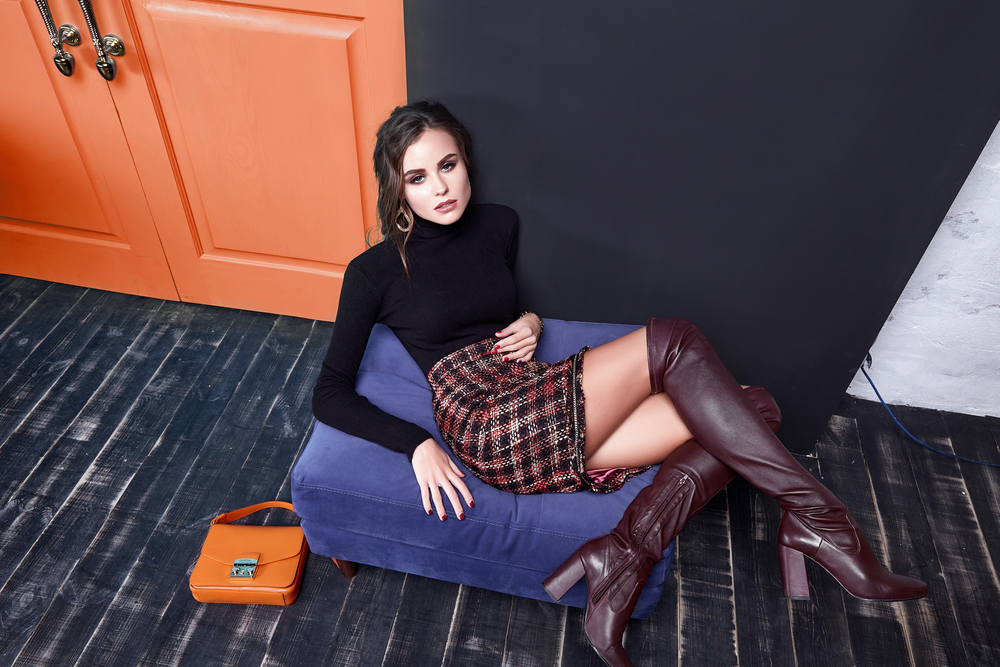
Mastering the Art of Modeling: From Runway to Portfolio, We Cover it All!

Introduction
Modeling is a captivating industry that has captured the hearts and eyes of many. It's a profession that exudes grace, poise, and beauty, leaving spectators mesmerized by the artistry on display. From runway shows to portfolio shoots, the world of modelling offers a diverse range of opportunities for aspiring models to showcase their talent. In this article, we will delve into the intricacies of mastering the art of modeling and provide insights into the journey from the runway to a portfolio.
The Runway: Strutting with Confidence
The runway is the epitome of modeling. It's where the magic happens and where models get to display their skills and unique flair. To truly master the art of runway modeling, several key elements need to be taken into consideration.
Posture and Confidence: Walking with poise and confidence is crucial on the runway. Models should maintain good posture, keeping their shoulders back, heads up, and strides purposeful. Confidence is key in leaving a lasting impression on the audience and potential clients.
Turns and Transitions: Masters of the runway seamlessly execute turns and transitions, showcasing their adaptability and versatility. Models must practice various turns, such as the classic three-quarter turn and the quick 180-degree turn, to flawlessly navigate the runway and grab attention.
Garment Presentation: Each garment has its unique features that need to be highlighted. Models must understand the designer's vision and present the garment in its best light. Graceful movements, strategic pauses, and emphasis on key elements are essential in conveying the essence of the design.
The Art in Portfolio Photoshoots
Beyond the runway, portfolio photoshoots play a significant role in a model's career. These shoots are crucial in building a diverse and captivating portfolio that showcases versatility and professionalism. Here are some key aspects to consider for a successful modeling portfolio.
Choosing the Right Photographer: Collaborating with a skilled and experienced photographer is essential. Look for professionals who have a keen eye for capturing the essence of the model and can bring out the best in them. Research photographers whose style aligns with the desired aesthetic and approach them for collaboration.
Diversity in Shots: A well-rounded portfolio should showcase diversity in poses, outfits, locations, and moods. Models should aim to present versatility in their portfolio to attract a wider range of opportunities. Experiment with different styles and themes to highlight individuality and creativity.
Hair and Makeup: Models must pay close attention to hair and makeup during portfolio shoots. Different looks can transform a model's appearance, making them more adaptable for various campaigns or brands. Collaborate with skilled hair and makeup artists who can enhance individual features and achieve the desired looks.
Lighting and Composition: A successful portfolio relies on effective lighting and composition. Models should understand how lighting can highlight their features and create a mood. Composition plays a vital role in framing the model and creating visually appealing shots. Knowing how to position oneself in front of the camera is just as important as the technical aspects.
Frequently Asked Questions
Q1: How can I start my career in modeling?
A1: Begin by researching reputable agencies and attending open casting calls. Building a strong portfolio and networking within the industry are also essential steps to kickstart your career.
Q2: What are the ideal measurements for a model?
A2: There is no universal set of measurements. However, the industry generally favors individuals with height ranging from 5'8" to 6'0", and measurements around 34-24-34.
Q3: Are there age restrictions in the modeling industry?
A3: The industry has opportunities for all age groups. While younger models typically dominate the runway, there are plenty of opportunities for older models in commercial and print modeling.
Q4: How important is education in the modeling industry?
A4: Education is vital as it equips models with essential skills and knowledge about the industry. It can help in understanding contracts, negotiating fees, and setting long-term career goals.
Q5: How can I build a strong modeling portfolio on a budget?
A5: Consider collaborating with emerging photographers, stylists, and makeup artists who are also looking to build their portfolios. Tapping into the creativity of a team can result in stunning images while keeping costs low.
Conclusion
Mastering the art of modeling requires dedication, practice, and an innate understanding of aesthetics. Both the runway and portfolio photoshoots offer unique opportunities to showcase one's talent and stand out in the competitive world of modeling. By honing their skills, choosing the right collaborations, and crafting a diverse portfolio, models can elevate their career to new heights. Start your journey today, and embrace the artistry of modeling!
Other useful resources
- https://www.planetmodelphoto.com/models/modeling/usa/charlotte/nc-north-carolina
- https://en.wikipedia.org/wiki/Category:Models_by_modeling_agency
- https://www.planetmodelphoto.com/models/modeling/usa/wilmington/nc-north-carolina